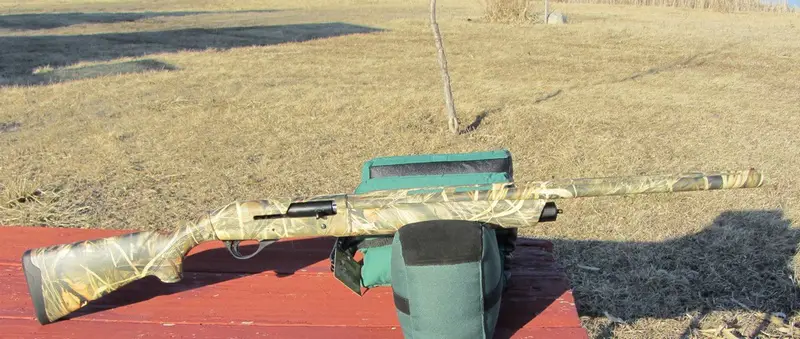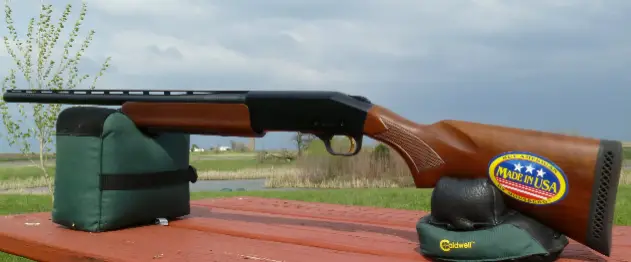


The Search for the Good Cheap Autoloading Shotgun
A
frequently asked question is, “What's the new Remchester SuperSnorter
XL like, any good?” It isn't always a black / white or pass /
fail situation. It often continues, “Well, hows the quality?”
Qualities come in all kinds of embodiments, so it takes more than sound-byte
coverage to adequately discuss a firearm. There are functional aspects,
but quality of the wood, quality of the machining, quality of the finishes,
wood to metal (or plastic to metal) fit, the grind of a recoil
pad, the trigger, the balance, and so forth are all important qualities
that accumulate into what a “quality” shotgun should be.
Most of us like the notion of value, but value means different things to different people. Price alone guarantees nothing except the size of the dent in your wallet. As Warren Buffett said, “Price is what you pay. Value is what you get.” Jimmy Buffett often phrases things a bit differently.
In order for an autoloading shotgun to be economical and good in my view, it has to have a few basic attributes. It has to function properly right out of the box without use of a Dremel tool, etc., by the consumer. It needs to just plain work, without beads falling off, without any returns to the factory, without any phone calls to a customer service department pleading for parts that didn't make it into the box. It can't have a receiver full of metal shavings, it can't have metal or wood surfaces missing finish or already starting to rust.
It has to have a usable trigger that breaks reliably and cleanly at about five pounds. Six pounds or heavier is not acceptable, as far as I'm concerned, and that means sending a trigger guard off to the factory or a gunsmith, adding cost and hassle. Some triggers by design are crude enough that they can't be lightened without losing stability and if you are anything like me, you don't relish paying a gunsmith to ruin a trigger and then being forced to buy a new trigger on top of that. The trigger is the primary fire control of any firearm and it has to be usable. A shotgun also has to have a safety that works, one that you can engage and disengage without the benefit of a screwdriver or mallet. For example you need to be able to knock off a trigger-guard safety with your forefinger, not having to fight it with your thumb.
An economical but good autoloading shotgun has to be readily available and in production, not an item from a sports liquidator or a one-time import that a few people might snag, but has no long-term availability. Bragging to your buddy about the good deal you got two years ago when the model was discontinued might be fun for some, but isn't useful for the shooter on a budget looking for an available autoloader today. We all have our own notions of price points, but a street price of $700 or less for the base model is what I think is a reasonable threshold for a functional autoloader that works just as it should right out of the box without factory returns, begging dor missing parts, or gunsmithing.
I have no aversion to economical guns but I do have an aversion to guns that don't work as promised. There are many autoloaders today that don't meet my definition of the functional “no-gunsmithing, no factory return” shotgun, of course, inclusive of guns that retail for $1600 or more. Of the guns I've tested over the last couple of years, there are exactly two autoloaders on the market today that I would call very good, but economical autoloaders. I'm a bit surprised that there aren't more, but there are only two that I'd look anyone in the eye and confidently say, “Good gun. And, a great value as well.” They are the Franchi Affinity in 12 or 20 gauge and the Mossberg 930 in 12 gauge.

http://randywakeman.com/FranchiAffinity12GaugeAutoloaderReview.htm
http://randywakeman.com/FranchiAffinity20GaugeAutoloaderReview.htm

http://randywakeman.com/Review_Mossberg_930_%2012_Gauge_Autoloader.htm
Copyright 2012 by Randy Wakeman. All Rights Reserved.





